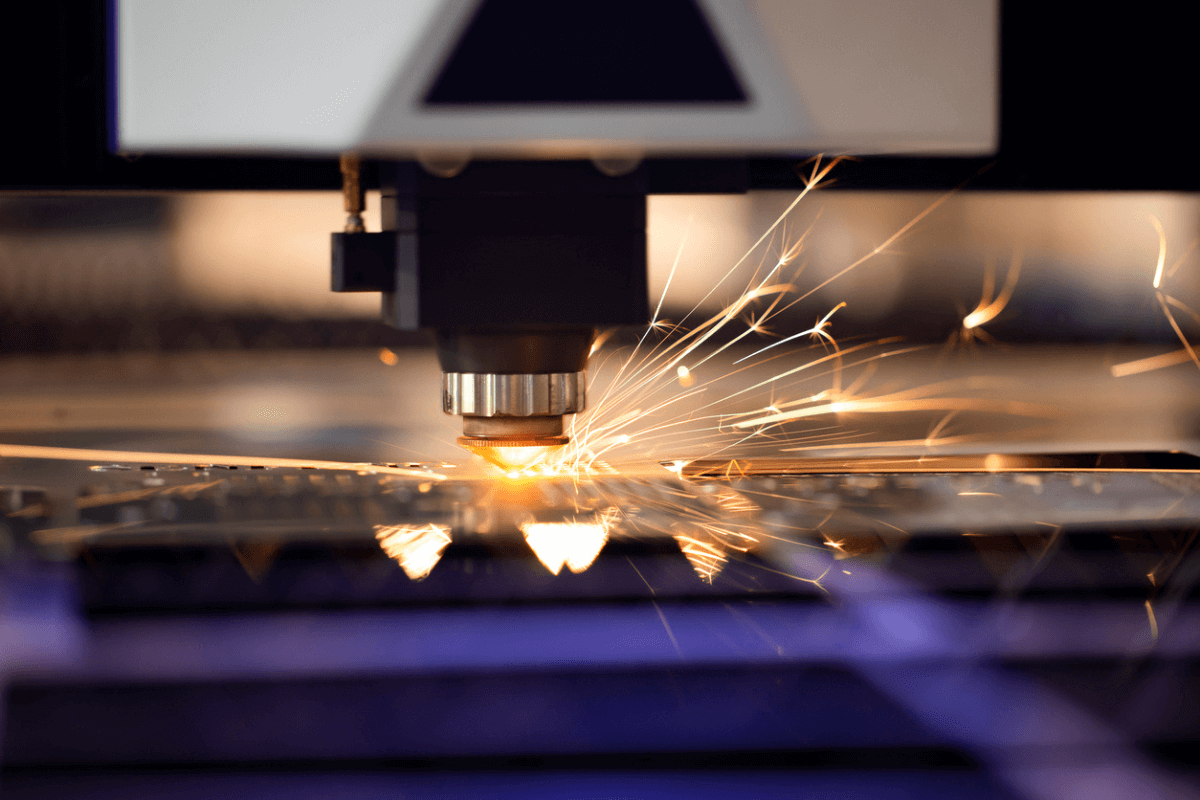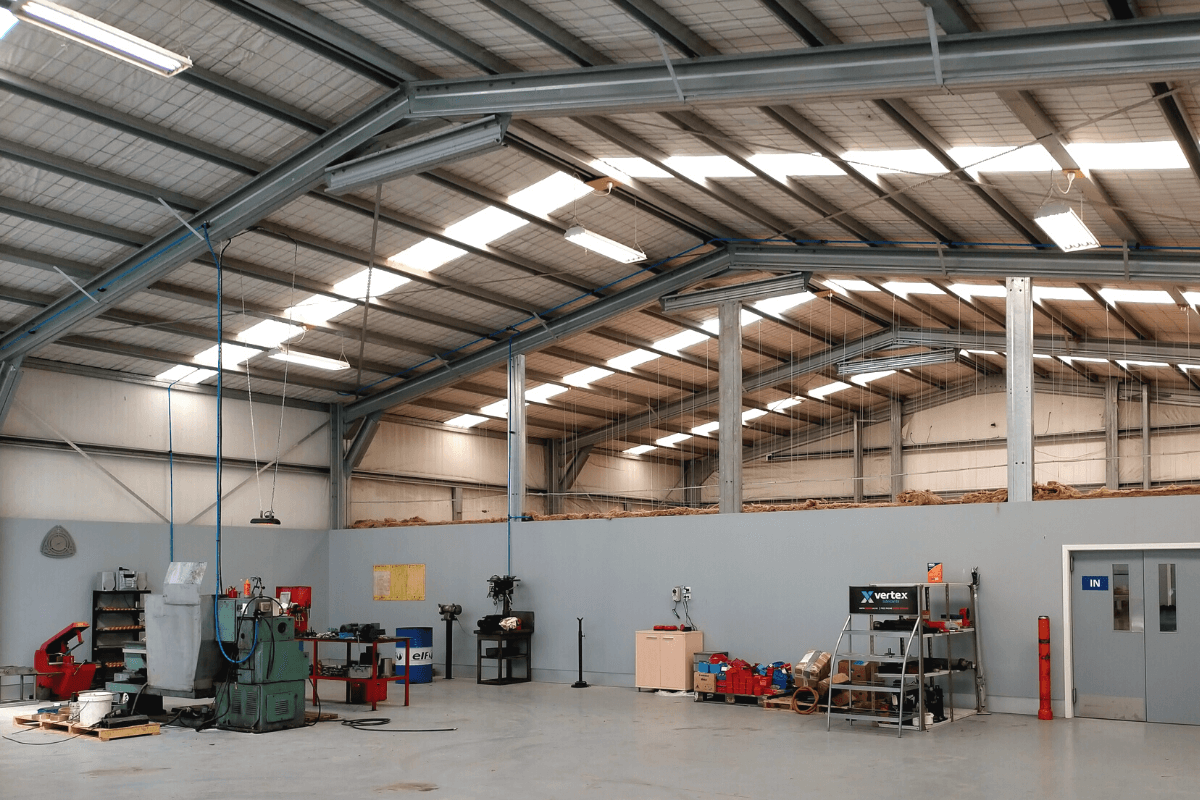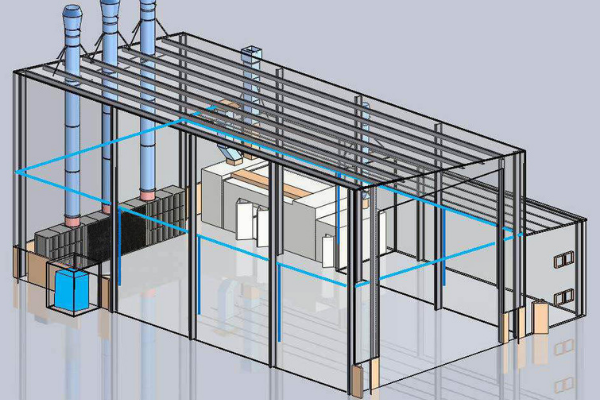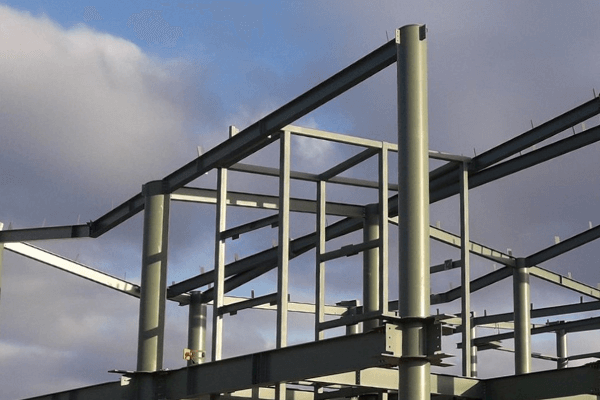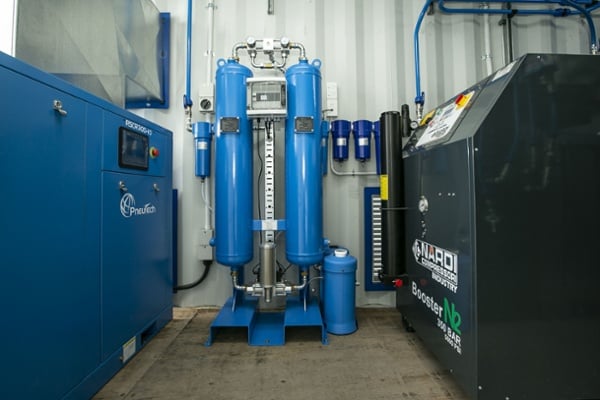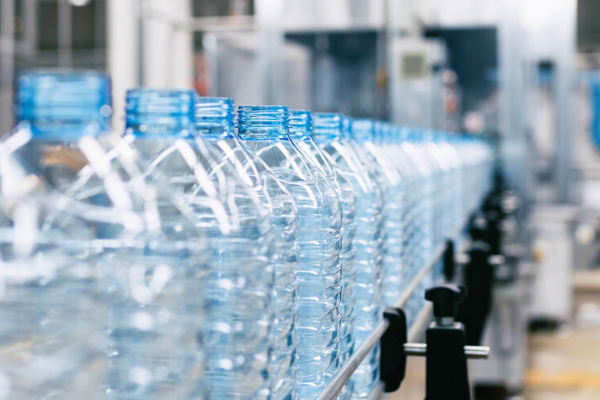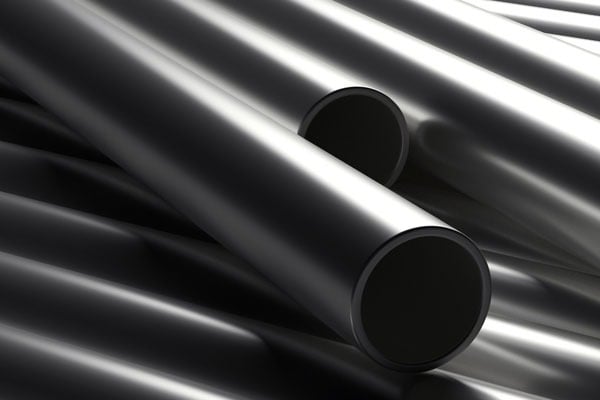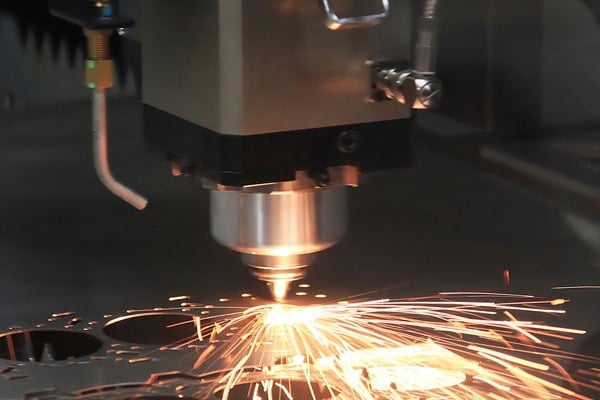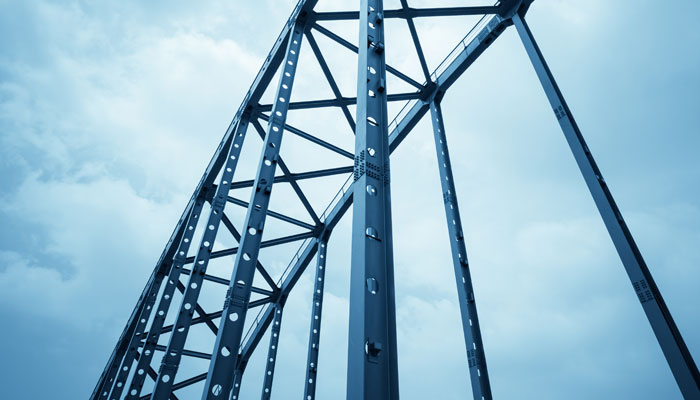Have you been seeing increased power bills or pressure drops in your compressed air supply? One reason for these changes could be your compressed air piping and more specifically, the layout of your compressed air piping. Having sufficient piping that’s laid out effectively will ensure that your compressed air system operates as efficiently as possible for your needs.
So that you end up with the best compressed air piping possible, it can help to know a few installation tips, so that nothing is left to chance. We’ve also highlighted some common air piping mistakes to avoid.
Learn more about air piping best practices below.
Why is a compressed air piping system so important?
Large manufacturers and factories rely on important machinery and equipment for their operations. This important machinery like food packaging equipment will use compressed air. Distributing the right amount of compressed air to different parts of a large factory and the equipment can only be done with the help of a compressed air piping system, that is developed to work specifically for the factory’s needs.
A compressed air piping system that is laid out appropriately will ensure that you get the most effective compressed air transfer to your machinery and equipment. Good compressed air piping will also increase the energy efficiency of your air supply, which will increase productivity, and reduce downtime and maintenance costs. An efficient piping system can have a positive impact on your bottom line and lead to big power savings.
Our tips for compressed air piping installation
Some simple air piping best practices can ensure that you end up with a piping system that will last you for many years to come, and operate as efficiently as possible.
1. Consider your piping material
The piping material that you choose could significantly impact the pressure of your compressed air. Common materials used for compressed air piping include PVC, steel and aluminium, but just which material is best? While the material that you choose will come down to your application and machinery, most new compressed air piping systems use aluminium pipes. Aluminium piping won’t degrade or corrode; it’s also very lightweight so ideal for transportation or situations where the piping may need to be cut down to size.
2. Make sure piping is sized correctly
If you’re new to compressed air piping, you may not be aware that aluminium compressed air pipes come in different sizes (diameters). While these pipes can easily be shortened or extended to the length that you require, the same cannot be said for the diameter or width of the pipes. Therefore it’s very important to carefully consider how much compressed air will be used before you get underway with compressed air piping.
For example, if you use aluminium pipes that are too small they won’t be able to keep up with compressed air demand. This defeats the purpose of installing a compressed air piping system as the pipes won’t be able to adequately distribute the compressed air, to the required points in your factory. This can result in increased energy costs and piping and machinery wearing very quickly.
3. The layout
The layout of your compressed air piping is a very important consideration that shouldn’t be overlooked. A new compressed air system is a costly investment that you want to make sure is set up right to begin with, so that you see maximum return on your investment.
The layout that you choose will depend on the size and shape of your factory or plant. There are generally two different types of piping layout that could be used – a straight piping layout (linear layout) or a looping piping layout (ring-main). Both layouts have their own benefits when used in specific applications.
For longer and more narrow factories, a linear layout will work better and tends to be more cost-effective. However, for a standard factory that is a square shape, a ring-main system will be more efficient. The compressed air flows through the ring-main and in any direction that allows it to meet the source of demand, with the least amount of resistance. This means that compressed air is more evenly distributed throughout the piping system which lowers demand on the overall pipe length, making the system run more effectively.
A ring-main compressed air piping system will result in reduced pressure drop and full airflow to required equipment, which will ensure that all equipment and machinery perform at an optimum level.
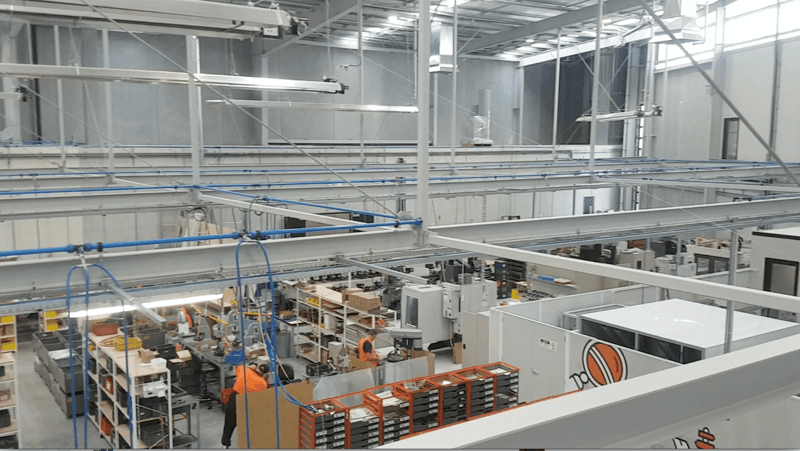
A ring-main compressed air piping system works well for large factory and manufacturing environments.
4. Avoid sharp angles and limit elbow fittings
The more sharp angles and elbow fittings that are added to a compressed air system, the more chance you have of your compressed air supply being slowed down and the pressure decreasing. It’s also important to note that air will ricochet around a pipe after a sharp turn, which will result in wasted energy. For these reasons, you should keep sharp angles and elbows to a minimum.
5. Keep blockages and leaks at bay
Any blocks or leaks in your compressed air piping can have significant effects on the efficiency of compressed air and could result in expensive repair bills, should your piping system suffer from wear and tear.
Aluminium is generally a much safer bet when it comes to compressed air piping systems as it doesn't degrade, so it’s less likely that the pipes will corrode and become blocked. Performing regular maintenance on compressed air piping will ensure that any issues caused by blocks or leaks are picked up and fixed before they cause major damage. Many compressed air companies also have specialist equipment that they can use to perform things like leak detection tests in compressed air piping. This will mean nothing goes unnoticed.
Discover the PneuTech air piping range
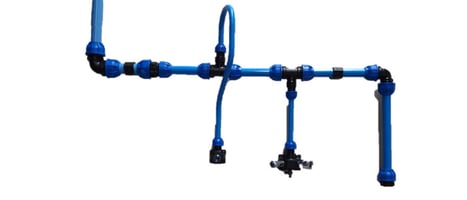
While the air piping system and layout that you choose will be dependent on the size and shape of your factory and the equipment that you will be using, it always helps to be using a quality product that you can rely on. The range of Alu Air aluminium piping by PneuTech provides the ultimate compressed air reticulation.
With different piping sizes ranging from 20mm to 63mm and 20mm to 250mm, you have lots of choice when it comes to selecting the piping that’s right for your requirements. The thin-walled pipe construction of Alu Air also results in high airflow rates when compared to poly pipe, Alu Air will transfer up to twice the airflow for the same outside wall diameter. The properties of an aluminium air piping system ensure superior durability and corrosion resistance.
For more information on the Alu Air piping range, just download the free brochure below.



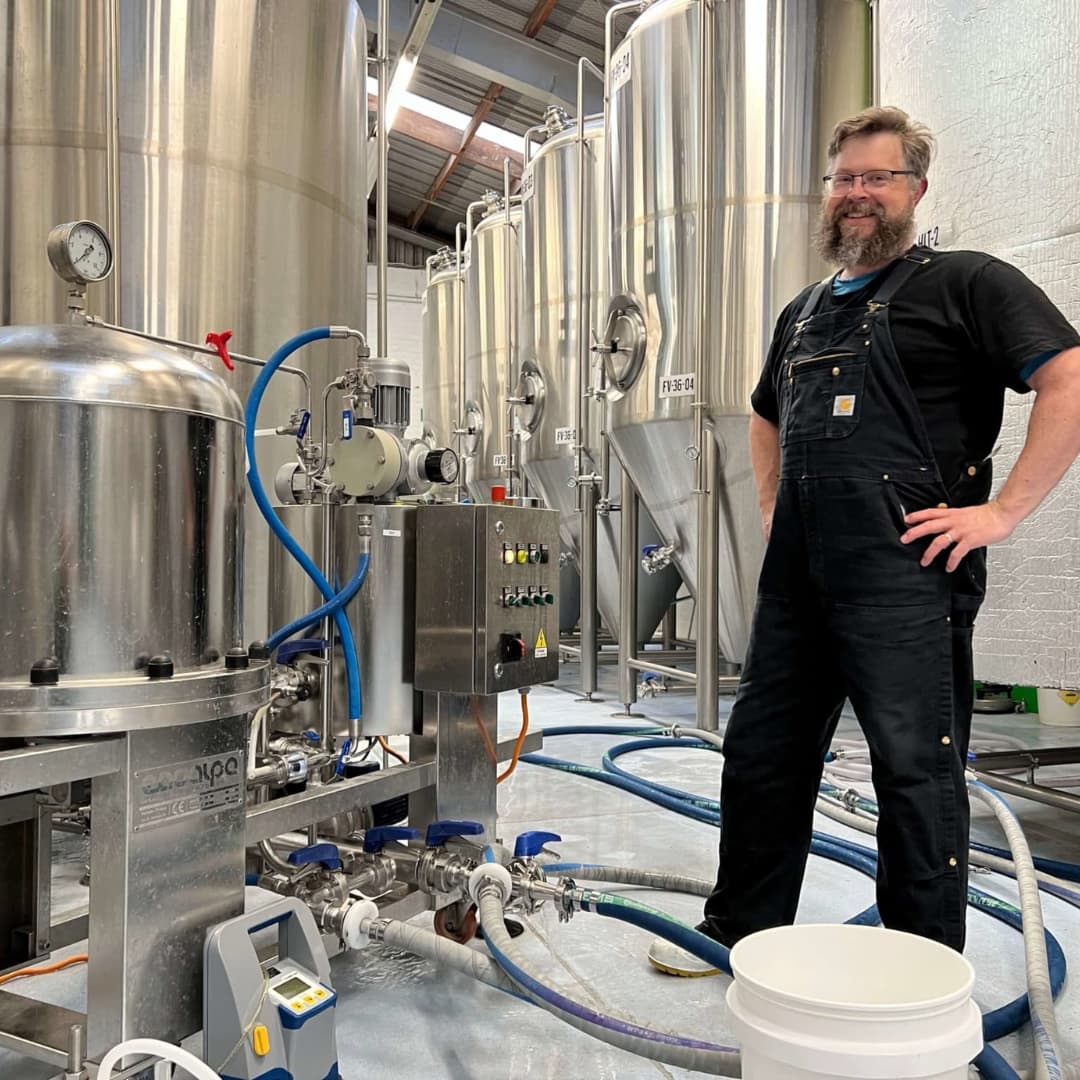
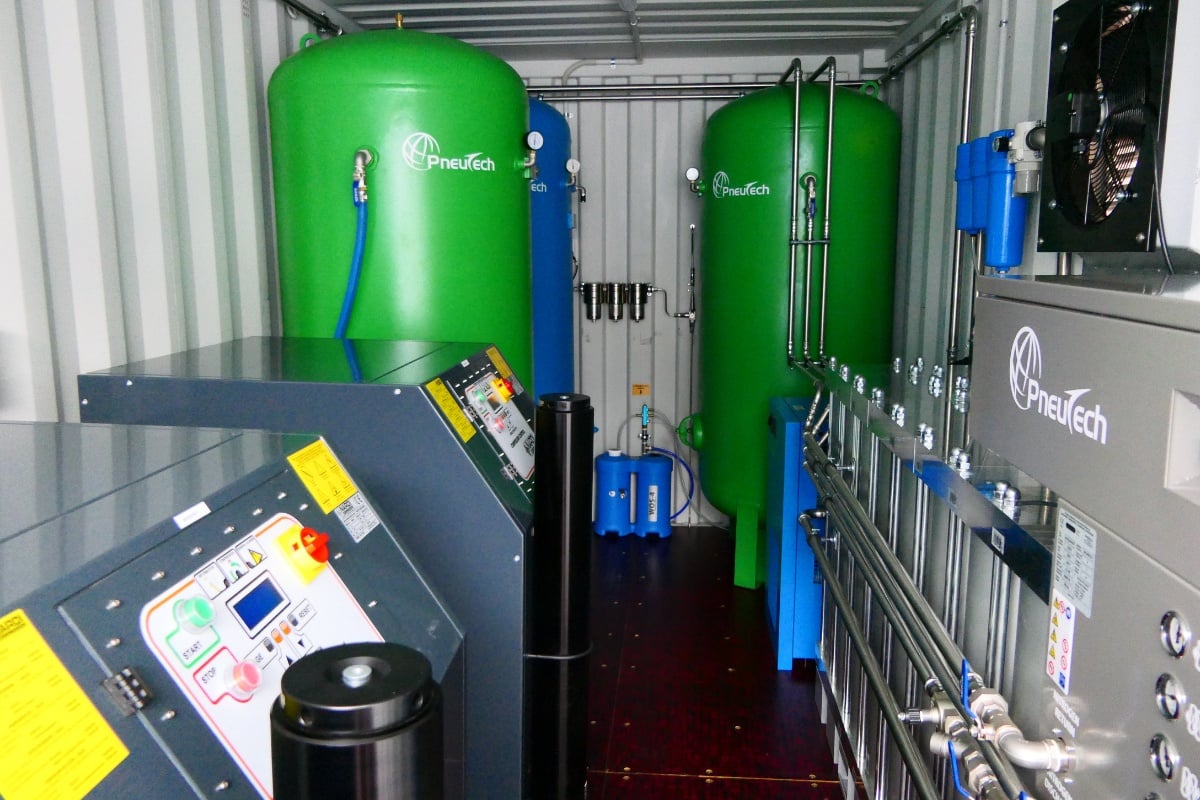
.jpg)


